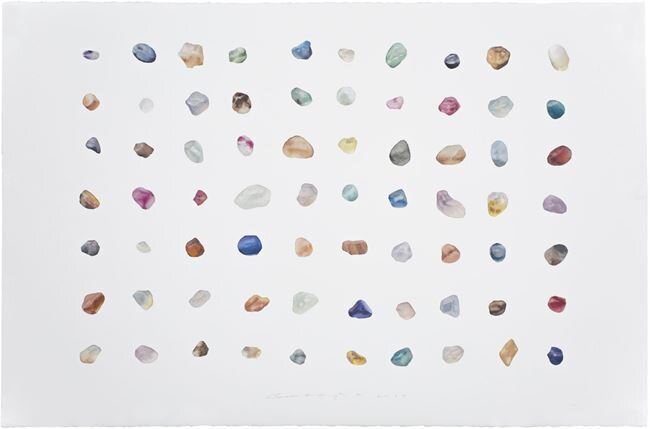The last piece I wanted to include in the collection is one that I saw at the Fondation Beyeler as part of the Silent Vision exhibition. The work is big and up-close one gets lost looking at the effect of the acrylic paint on the canvas. This intense, slow looking of the piece gives exactly the feeling the curator of the exhibition Dr. Raphaël Bouvier wanted to orchestrate: silence taking over.







